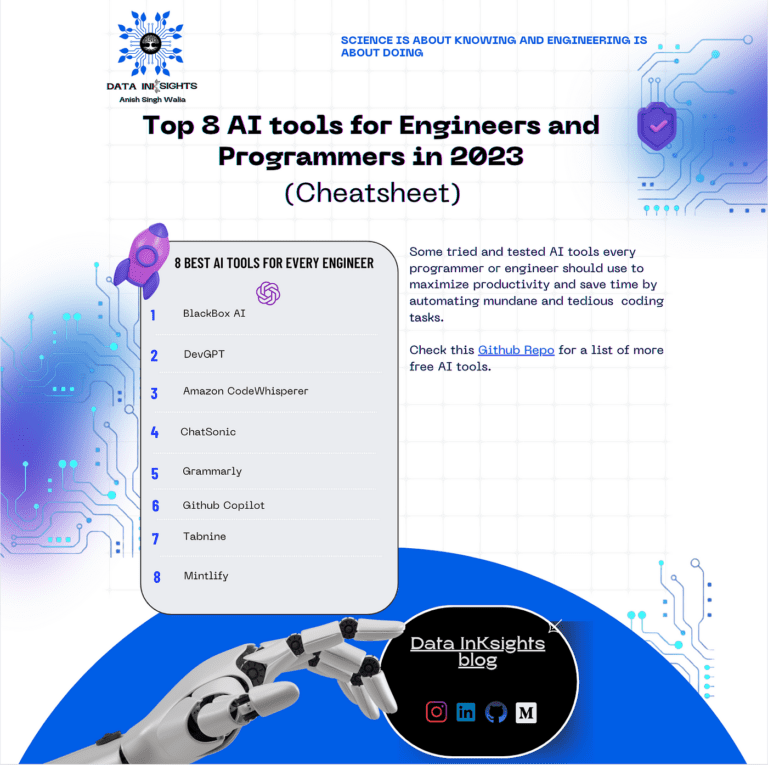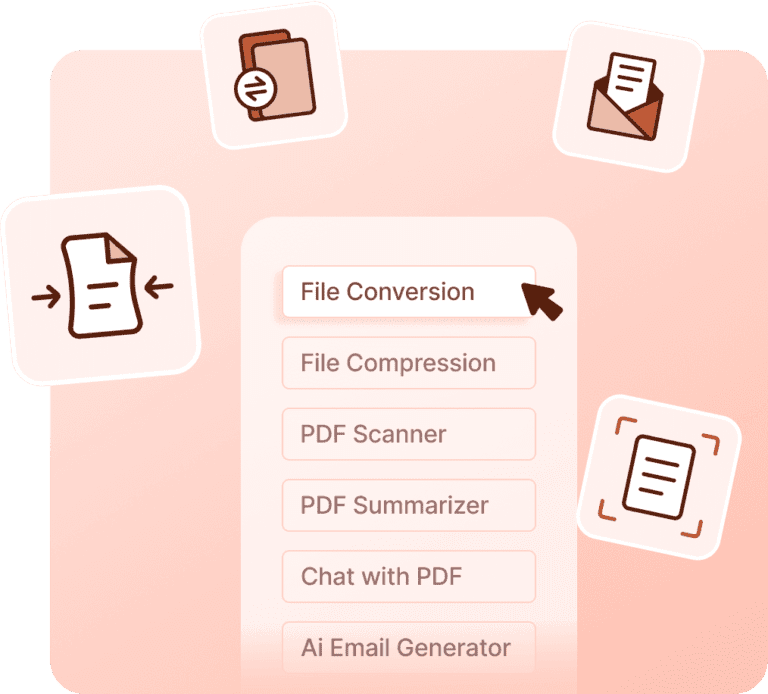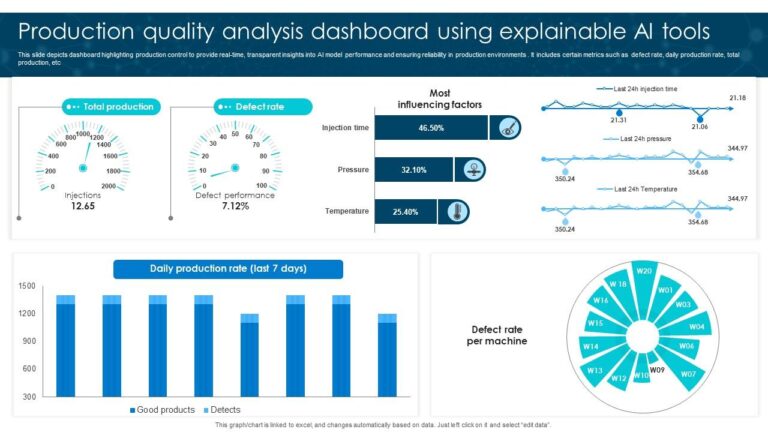AI Tools That Use Openpose: Revolutionize Motion Analysis
AI tools that use OpenPose include PoseNet, DeepLabCut, and MediaPipe. These tools enable real-time pose estimation and motion analysis.
OpenPose is a groundbreaking tool designed for human pose estimation. It uses computer vision to analyze human body movements in real time. Various industries, from sports to healthcare, leverage its capabilities for enhanced performance analysis. OpenPose can detect key points on the human body, allowing for precise tracking of motion.
This technology has opened doors for innovative applications, such as virtual reality and interactive gaming. As the demand for motion analysis grows, more developers are integrating OpenPose into their projects. Understanding how these tools operate helps users optimize their applications for better results. Explore the possibilities that OpenPose offers for your projects.
Introduction To Openpose
OpenPose is a powerful tool for detecting human poses. It uses advanced algorithms to analyze body movements. Various AI tools utilize OpenPose for motion analysis and recognition. Understanding OpenPose enhances the use of these tools in different fields.
Openpose In A Nutshell
OpenPose was developed by the Carnegie Mellon Perceptual Computing Lab. It detects body, hand, facial, and foot keypoints.
- Body Pose: Identifies 18 key points on the human body.
- Hand Tracking: Detects 21 points on each hand.
- Facial Recognition: Recognizes 70 facial key points.
- Foot Keypoints: Tracks movement of feet.
OpenPose runs in real-time, making it suitable for live applications. This tool uses deep learning to understand human poses accurately.
The Importance Of Motion Analysis
Motion analysis helps in various fields. Here are some of its key benefits:
- Sports: Coaches analyze athlete performance.
- Healthcare: Therapists monitor patient recovery.
- Entertainment: Creators enhance animations and virtual reality.
- Robotics: Robots learn human-like movements.
Using OpenPose for motion analysis improves results. It provides detailed insights into human activity. This information is crucial for innovation in technology.

Credit: www.youtube.com
How Openpose Works
OpenPose is a powerful tool for detecting human poses. It uses deep learning to analyze images and videos. This technology helps to identify body parts in real-time. The result? Accurate pose estimation for various applications.
Key Features Of Openpose
- Real-time Processing: OpenPose can analyze video streams instantly.
- Multi-Person Detection: It recognizes poses from multiple people simultaneously.
- Body, Hand, and Face Detection: OpenPose identifies body parts, hands, and facial landmarks.
- High Accuracy: It provides precise results even in complex scenes.
- Open Source: Developers can modify and improve the code freely.
From Images To Pose Estimation
The process of pose estimation starts with an image. OpenPose uses a convolutional neural network (CNN). This network analyzes the image to locate key body points.
- Input the image or video.
- The CNN detects body parts like arms, legs, and head.
- It connects these points to form a skeleton.
- The system outputs the pose in a structured format.
OpenPose can work with various formats, including:
| Format | Description |
|---|---|
| Images | Static images for pose detection. |
| Videos | Real-time detection from video streams. |
| 3D Models | Conversion of 2D data to 3D poses. |
Each output provides valuable data for various applications. For example, sports analysis or video games can benefit greatly.
Applications Of Openpose
OpenPose is a powerful tool that captures human poses. It has various applications across different fields. Here, we explore two key areas: sports performance and healthcare innovations.
Enhancing Sports Performance
OpenPose plays a vital role in sports. Coaches and athletes use it to improve training methods. Here are some benefits:
- Real-time analysis: Coaches can see athlete movements instantly.
- Biomechanical assessment: Identify strengths and weaknesses in techniques.
- Injury prevention: Detect improper movements that may cause injuries.
Using OpenPose, teams can track performance trends. This data helps in creating tailored training programs.
| Application | Benefit |
|---|---|
| Movement Tracking | Enhances technique and efficiency. |
| Performance Metrics | Provides quantifiable data for analysis. |
| Feedback Mechanisms | Offers instant feedback for improvement. |
Innovations In Healthcare
OpenPose also transforms healthcare practices. It aids in rehabilitation and therapy. Some key applications include:
- Physical therapy: Monitor patient movements during exercises.
- Gait analysis: Assess walking patterns for better treatment.
- Telehealth: Enable remote evaluations through video analysis.
Healthcare professionals can create customized rehabilitation plans. OpenPose makes tracking progress easier. This leads to better outcomes for patients.
Using OpenPose, the future of sports and healthcare looks bright. These applications show how technology can enhance human capabilities.
AI Tools Integrating Openpose
OpenPose is a powerful tool for detecting human poses in real-time. Many AI tools use OpenPose to enhance various applications. From fitness to gaming, OpenPose helps machines understand human movement. This section explores some notable tools that integrate OpenPose technology.
Tools For Fitness And Rehabilitation
OpenPose is transforming the fitness and rehabilitation sectors. Here are some tools utilizing OpenPose:
- Fitness Apps: These apps analyze users’ movements during workouts.
- Rehabilitation Software: Monitors patients’ progress in physical therapy.
- Wearable Devices: Track real-time movements for personalized feedback.
Examples of fitness and rehabilitation tools include:
| Tool Name | Purpose |
|---|---|
| FitTrack | Analyzes workout techniques and suggests improvements. |
| RehabMonitor | Tracks rehabilitation exercises for better recovery. |
| PoseFit | Provides feedback on posture and form. |
Animation And Gaming Advancements
OpenPose greatly enhances animation and gaming experiences. It allows for realistic character movements. Here are some advancements:
- Character Animation: Generates lifelike animations from real human movements.
- Game Development: Creates responsive characters in video games.
- Virtual Reality: Provides immersive experiences through accurate motion tracking.
Popular tools in this domain include:
- MotionBuilder: Used for creating realistic animations.
- Unity 3D: Integrates OpenPose for game character movements.
- Blender: Supports animation based on real-life poses.
OpenPose is revolutionizing how we create and experience digital content.
Case Studies: Success Stories
OpenPose technology has transformed various fields. Let’s explore some inspiring success stories that highlight its impact.
Revolutionizing Dance Choreography
OpenPose has changed how choreographers create and teach dance. Here are a few key points:
- Real-time Motion Capture: Choreographers can see dancers’ movements instantly.
- Improved Collaboration: Dancers and choreographers work together better.
- Innovative Styles: New dance styles emerge from data analysis.
One notable case study features a dance studio using OpenPose. They reported:
| Aspect | Before OpenPose | After OpenPose |
|---|---|---|
| Choreography Time | 4 weeks | 2 weeks |
| Dancer Engagement | 60% | 90% |
| Style Variety | 3 styles | 6 styles |
This studio saw dramatic improvements. They created dances faster and with more variety.
Impact On Physical Therapy
OpenPose technology aids physical therapists in many ways. Here are some significant benefits:
- Enhanced Assessment: Therapists analyze patient movements accurately.
- Personalized Programs: Tailored therapy programs based on data.
- Remote Monitoring: Patients can be monitored from home.
One success story involves a clinic that adopted OpenPose. Their results include:
- Reduced assessment time by 50%.
- Increased patient compliance by 30%.
- Improved recovery rates by 20%.
Patients received better care. Therapists could focus more on treatment plans.
Challenges And Limitations
AI tools using OpenPose face several challenges and limitations. These obstacles can affect their effectiveness and reliability. Understanding these issues is crucial for developers and users alike.
Accuracy And Environmental Constraints
Accuracy is a major concern for AI tools. OpenPose may struggle in certain environments. Here are key factors affecting accuracy:
- Lighting Conditions: Poor lighting can hinder detection.
- Occlusions: Objects blocking the view can lead to errors.
- Camera Quality: Low-resolution cameras impact performance.
Environmental constraints also play a role:
- Indoor vs. outdoor settings affect detection.
- Complex backgrounds can confuse the AI.
- Multiple subjects in the frame can reduce accuracy.
Ethical Considerations
Ethics in AI is a growing concern. OpenPose tools raise several ethical issues:
- Privacy: Collecting data can invade personal space.
- Bias: Data sets may not represent all demographics.
- Misuse: Technology can be used for harmful purposes.
Addressing these ethical concerns is essential for responsible AI use.
Future Of Motion Analysis With AI
The future of motion analysis is bright with AI. OpenPose technology allows machines to understand human movements. This helps in various fields like sports, rehabilitation, and animation. AI tools enhance accuracy and speed in motion analysis. Coaches and trainers can now make better decisions.
Predictive Models In Sports
Predictive models transform how we analyze athlete performance. These models use data to forecast outcomes. Coaches can adjust training based on predictions.
- Identify potential injuries before they happen.
- Enhance performance by analyzing movement patterns.
- Optimize training regimens tailored to individual needs.
| Feature | Benefit |
|---|---|
| Injury Prediction | Prevents downtime and maintains athlete health. |
| Performance Optimization | Improves overall athlete efficiency and effectiveness. |
| Customized Training | Enhances individual athlete strengths and weaknesses. |
Real-time Monitoring And Feedback
Real-time monitoring is a game changer in motion analysis. AI tools provide instant feedback during training sessions. Athletes can adjust movements on the spot.
- Track biomechanics for better technique.
- Receive instant alerts for incorrect movements.
- Promote safer training environments.
This immediate feedback helps athletes grow faster. Coaches can make real-time adjustments to training plans. With AI, the future of motion analysis is interactive and dynamic.

Credit: www.ikomia.ai
Getting Started With Openpose
OpenPose is an amazing tool for detecting human poses. It helps in various applications like gaming, fitness, and healthcare. This section guides you on how to set it up and where to find support.
Setting Up Openpose
Setting up OpenPose is easy. Follow these simple steps:
- Install Dependencies: Make sure you have the following installed:
- CUDA Toolkit
- OpenCV
- CMake
- Git
- Clone the Repository: Open your terminal and run:
git clone https://github.com/CMU-Perceptual-Computing-Lab/openpose.git - Build OpenPose: Go to the OpenPose directory and run:
mkdir build && cd build && cmake .. && make -j`nproc` - Run the Examples: Test the installation with:
./build/examples/openpose/openpose.bin --video examples/media/video.avi
Community And Support
OpenPose has a large community. You can find help and share ideas easily.
Here are some valuable resources:
| Resource | Description |
|---|---|
| GitHub Issues | Report problems or ask questions. |
| OpenPose Forum | Join discussions with other users. |
| Documentation | Find detailed guides and examples. |
| YouTube Tutorials | Watch videos for step-by-step instructions. |
Engage with the community. Share your projects and learn from others.

Credit: blogs.novita.ai
Frequently Asked Questions
What Is Openpose In AI Tools?
OpenPose is a real-time multi-person keypoint detection library. It tracks human body movements by identifying keypoints like joints and facial landmarks. This technology is widely used in various AI tools for applications ranging from motion analysis to augmented reality. Its versatility makes it a valuable asset in the AI landscape.
How Does Openpose Enhance AI Applications?
OpenPose enhances AI applications by providing detailed human motion data. This data is crucial for tasks such as action recognition, behavior analysis, and interactive gaming. By accurately capturing human poses, it allows for more immersive user experiences and better interaction models.
This improves the overall effectiveness of AI tools.
What Are The Benefits Of Using Openpose?
The benefits of using OpenPose include high accuracy and real-time processing. It enables developers to create more engaging applications that require human interaction. Additionally, OpenPose is open-source, promoting collaboration and innovation among developers. This accessibility fosters a community focused on improving motion analysis technologies.
Which Industries Utilize Openpose Technology?
OpenPose technology is utilized in various industries, including entertainment, healthcare, and sports. In entertainment, it enhances gaming and film production through realistic animations. Healthcare professionals use it for physical therapy assessments. Sports analysts apply OpenPose for performance improvement by analyzing athletes’ movements in real-time.
Conclusion
OpenPose offers exciting possibilities for AI tools across various fields. From healthcare to sports analytics, its applications are vast. Embracing these tools can enhance productivity and innovation. As technology evolves, staying updated on advancements is crucial. Explore these AI tools to unlock new potential in your projects and ideas.





